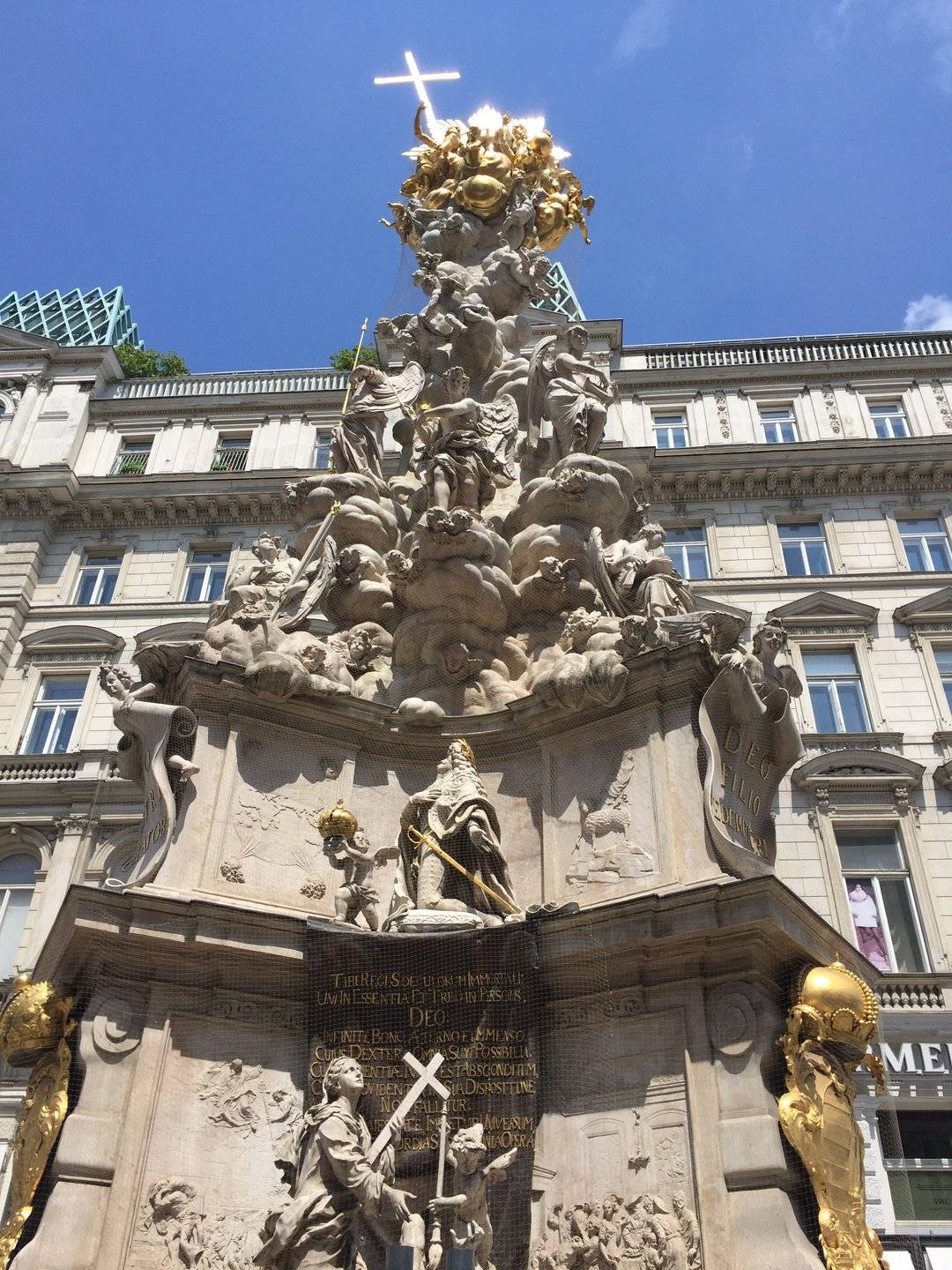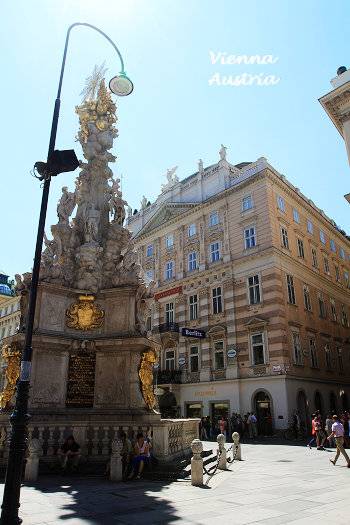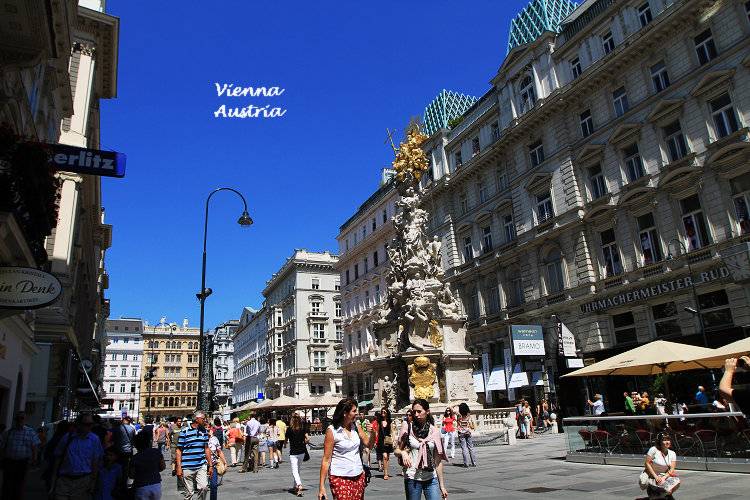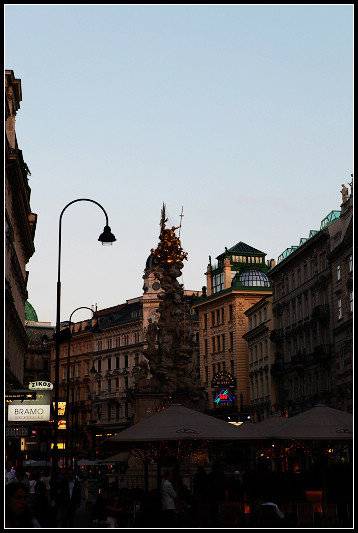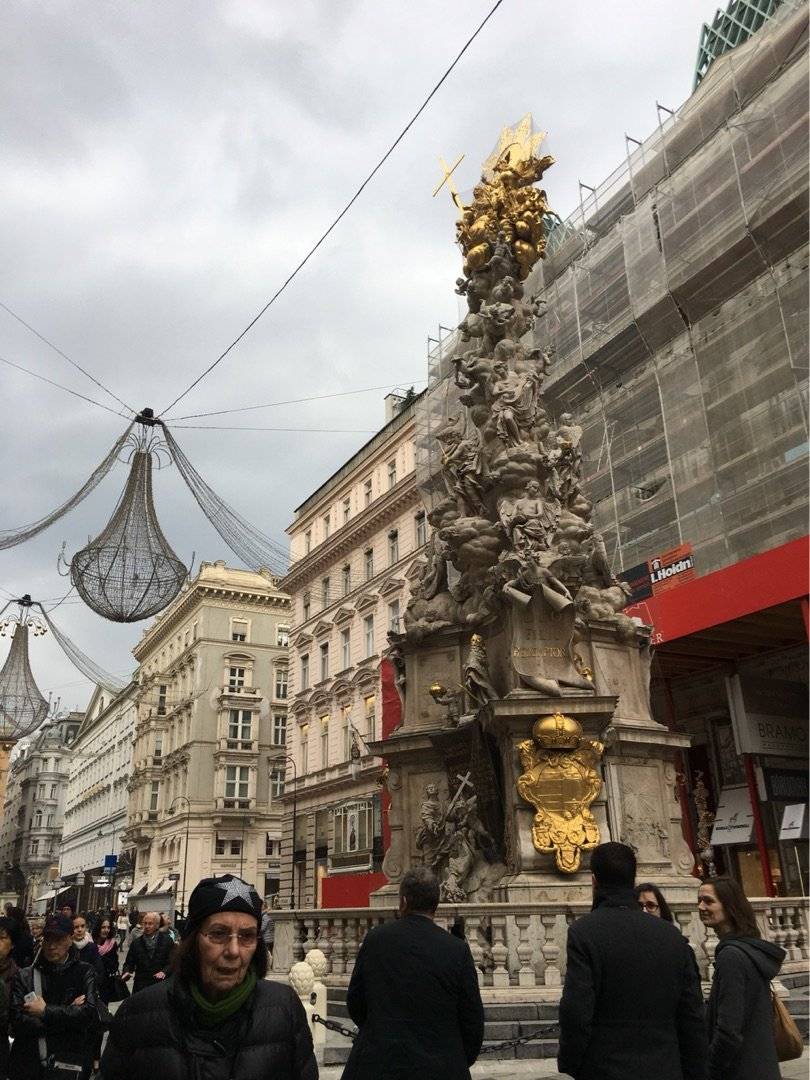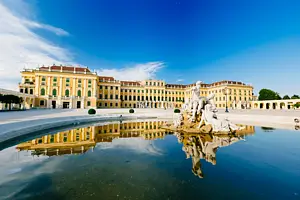Wiener Pestsäule, A Tribute to Resilience Amidst Plague
Graben, 1010 Vienna, Austria
3.9
Introduction
In the center of Graben, the moat avenue in Vienna, stands the largest Baroque style plaque in Europe, commemorating one of the most severe plagues in human history, the Black Death. This plague entered the Mediterranean islands from southwest Asia in 1347 and quickly spread throughout Europe. The Black Death was incurable, causing black spots to appear on the skin of the patients, resulting in extreme pain and hence the name "Black Death." Over the next 300 years, this plague repeatedly struck Europe, causing the death of over 200 million people. In 1679, the Black Death ravaged Vienna, taking the lives of two-thirds of its population due to the bubonic plague. In remembrance of these victims, Emperor Leopold I of Austria ordered the construction of this Black Death memorial column. The exterior of the memorial column's pedestal showcases reliefs depicting the creation of the world by God, the spread of the Black Death, and the Last Supper. On the column, the emperor is shown taking off his crown and kneeling in prayer, asking God to bless his subjects, while saints, guided by angels, defeat the Black Death dressed as witches. The inscription serves as a reminder to never forget the punishment that God brought upon this city. Address Graben, 1010 Vienna, Austria
Transportation Walking: Starting from St. Stephen's Cathedral Square, walk along Graben Avenue and you will arrive.
 Commemorating the terrifying Black Death epidemic in Europe at that time
Commemorating the terrifying Black Death epidemic in Europe at that time



